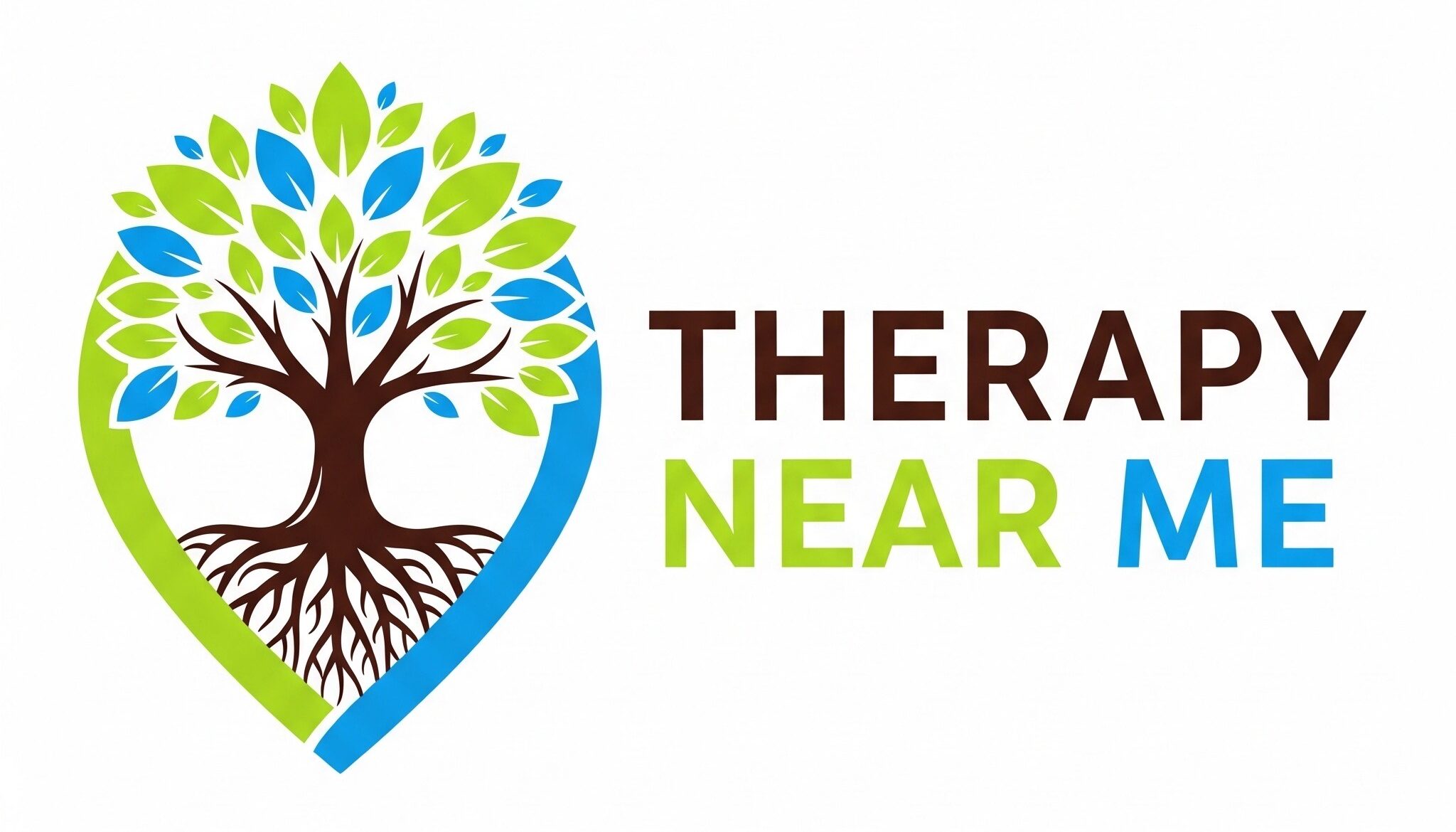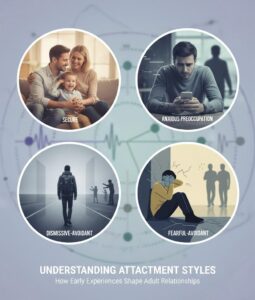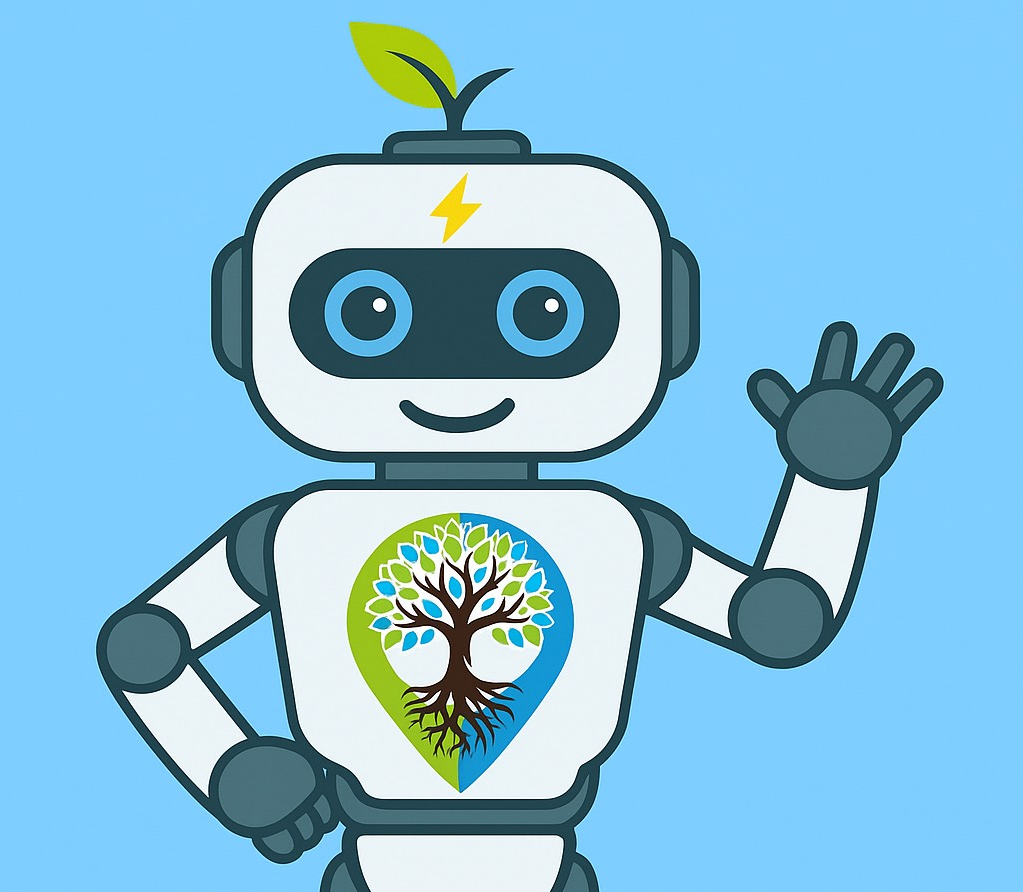Conflict is an inevitable part of human interaction, arising in various settings, including personal relationships, workplaces, and communities. Effective conflict resolution is crucial for maintaining healthy relationships and productive environments. This article explores the nature of conflict, strategies for resolving disputes, and techniques for achieving long-term solutions. Supported by scientific research, this comprehensive guide aims to provide insights into conflict resolution to promote harmony and understanding.
Keywords: conflict resolution, dispute resolution, conflict management, effective communication, mediation, Australian psychology
Understanding Conflict
Conflict occurs when there is a perceived incompatibility of interests, goals, values, or needs between individuals or groups. It can be constructive, leading to growth and positive change, or destructive, resulting in tension and reduced cooperation (Deutsch, 1973).
1. Types of Conflict
Conflicts can be categorised into several types, each requiring different resolution approaches.
- Interpersonal Conflict: Disputes between individuals, often arising from personality clashes, misunderstandings, or differing expectations (De Dreu & Weingart, 2003).
- Intragroup Conflict: Conflicts within a group or team, often due to competition, differing viewpoints, or power struggles (Jehn, 1995).
- Intergroup Conflict: Conflicts between different groups, which can be driven by competition for resources, cultural differences, or historical grievances (Sherif, 1966).
2. Stages of Conflict
Conflicts typically progress through several stages, from emergence to resolution.
- Latent Stage: Potential for conflict exists due to underlying tensions or incompatible goals.
- Perceived Stage: Parties become aware of the conflict.
- Felt Stage: Emotional responses, such as anger or frustration, develop.
- Manifest Stage: Conflict becomes visible through actions or statements.
- Aftermath Stage: Resolution or escalation of the conflict occurs, impacting future interactions (Pondy, 1967).
Strategies for Conflict Resolution
Effective conflict resolution involves various strategies that can be applied depending on the context and nature of the conflict.
1. Communication
Open and effective communication is fundamental to resolving conflicts. It involves expressing thoughts and feelings clearly and listening actively to others.
- Active Listening: Paying close attention to what the other person is saying without interrupting, and showing empathy and understanding (Rogers & Farson, 1987).
- I-Messages: Communicating personal feelings and perspectives without blaming or criticising others (Gordon, 2000).
2. Collaboration
Collaboration involves working together to find mutually beneficial solutions. This approach is effective for resolving conflicts where both parties’ needs are important.
- Problem-Solving: Identifying the root cause of the conflict and brainstorming solutions that satisfy all parties (Fisher et al., 1991).
- Win-Win Solutions: Aiming for outcomes that benefit everyone involved, fostering cooperation and goodwill (Covey, 1989).
3. Negotiation
Negotiation is a process where parties discuss their differences and reach an agreement through compromise.
- Interest-Based Negotiation: Focusing on underlying interests rather than positions to find common ground (Fisher et al., 1991).
- BATNA (Best Alternative to a Negotiated Agreement): Understanding one’s best alternative if the negotiation fails, which can provide leverage and clarity (Fisher et al., 1991).
4. Mediation
Mediation involves a neutral third party who facilitates discussion and helps parties reach a resolution.
- Mediators’ Role: Mediators guide the conversation, help clarify issues, and suggest possible solutions without imposing decisions (Moore, 2014).
- Voluntary Process: Mediation relies on the voluntary participation of all parties and their willingness to resolve the conflict (Moore, 2014).
Techniques for Effective Conflict Resolution
Implementing specific techniques can enhance the effectiveness of conflict resolution strategies.
1. Emotional Intelligence
Emotional intelligence (EI) is the ability to recognise, understand, and manage one’s own emotions and the emotions of others.
- Self-Awareness: Recognising personal emotional triggers and responses (Goleman, 1995).
- Empathy: Understanding and valuing the emotions of others, which can facilitate better communication and resolution (Goleman, 1995).
2. Assertiveness
Assertiveness involves expressing one’s needs and opinions confidently and respectfully without being aggressive or passive.
- Clear Communication: Articulating thoughts and feelings directly while respecting others’ viewpoints (Lloyd, 2002).
- Boundary Setting: Establishing and maintaining personal boundaries to prevent conflict and ensure mutual respect (Lloyd, 2002).
3. Conflict Styles
Understanding different conflict styles can help tailor resolution approaches to suit the situation and individuals involved.
- Competing: Assertive and uncooperative, aiming to win the conflict at the expense of others.
- Accommodating: Unassertive and cooperative, prioritising others’ needs over one’s own.
- Avoiding: Unassertive and uncooperative, withdrawing from the conflict.
- Compromising: Moderately assertive and cooperative, seeking a middle ground.
- Collaborating: Assertive and cooperative, aiming for win-win solutions (Thomas & Kilmann, 1974).
Applications of Conflict Resolution
1. Workplace Conflict
Effective conflict resolution in the workplace is crucial for maintaining productivity, morale, and a positive organisational culture.
- Team Dynamics: Addressing conflicts promptly and fairly can enhance teamwork and collaboration (Jehn, 1995).
- Leadership Role: Leaders play a key role in modelling conflict resolution behaviours and fostering an environment of open communication (Gelfand et al., 2012).
2. Interpersonal Relationships
Conflict resolution is vital for maintaining healthy and fulfilling personal relationships.
- Couples: Open communication, empathy, and negotiation can help couples navigate conflicts and strengthen their relationship (Gottman, 1994).
- Families: Addressing conflicts constructively can improve family dynamics and foster a supportive home environment (Cox & Paley, 1997).
Conclusion
Conflict resolution is an essential skill that can enhance personal relationships, workplace dynamics, and community interactions. By employing strategies such as effective communication, collaboration, negotiation, and mediation, individuals can resolve disputes constructively. Techniques like emotional intelligence, assertiveness, and understanding conflict styles further improve the resolution process. Promoting these skills and approaches can lead to more harmonious and productive environments, benefiting individuals and society as a whole.
References
- Covey, S. R. (1989). The 7 Habits of Highly Effective People: Powerful Lessons in Personal Change. Simon and Schuster.
- Cox, M. J., & Paley, B. (1997). Families as systems. Annual Review of Psychology, 48(1), 243-267.
- De Dreu, C. K., & Weingart, L. R. (2003). Task versus relationship conflict, team performance, and team member satisfaction: A meta-analysis. Journal of Applied Psychology, 88(4), 741-749.
- Deutsch, M. (1973). The Resolution of Conflict: Constructive and Destructive Processes. Yale University Press.
- Fisher, R., Ury, W., & Patton, B. (1991). Getting to Yes: Negotiating Agreement Without Giving In. Penguin Books.
- Gelfand, M. J., Leslie, L. M., Keller, K. M., & de Dreu, C. K. (2012). Conflict cultures in organizations: How leaders shape conflict cultures and their organizational-level consequences. Journal of Applied Psychology, 97(6), 1131-1147.
- Goleman, D. (1995). Emotional Intelligence: Why It Can Matter More Than IQ. Bantam Books.
- Gordon, T. (2000). Parent Effectiveness Training: The Proven Program for Raising Responsible Children. Three Rivers Press.
- Gottman, J. M. (1994). What predicts divorce? The relationship between marital processes and marital outcomes. Hillsdale, NJ: Lawrence Erlbaum Associates.
- Jehn, K. A. (1995). A multimethod examination of the benefits and detriments of intragroup conflict. Administrative Science Quarterly, 40(2), 256-282.
- Lloyd, K. (2002). Assertiveness Training: How to Be Strong in Every Situation. Pantheon Books.
- Moore, C. W. (2014). The Mediation Process: Practical Strategies for Resolving Conflict. Jossey-Bass.
- Pondy, L. R. (1967). Organizational conflict: Concepts and models. Administrative Science Quarterly, 12(2), 296-320.
- Rogers, C. R., & Farson, R. E. (1987). Active Listening. Gordon Training International.
- Sherif, M. (1966). Group Conflict and Cooperation: Their Social Psychology. Routledge.
- Thomas, K. W., & Kilmann, R. H. (1974). Thomas-Kilmann Conflict Mode Instrument. Xicom.
How to get in touch
If you or your NDIS participant need immediate mental healthcare assistance, feel free to get in contact with us on 1800 NEAR ME – admin@therapynearme.com.au.







